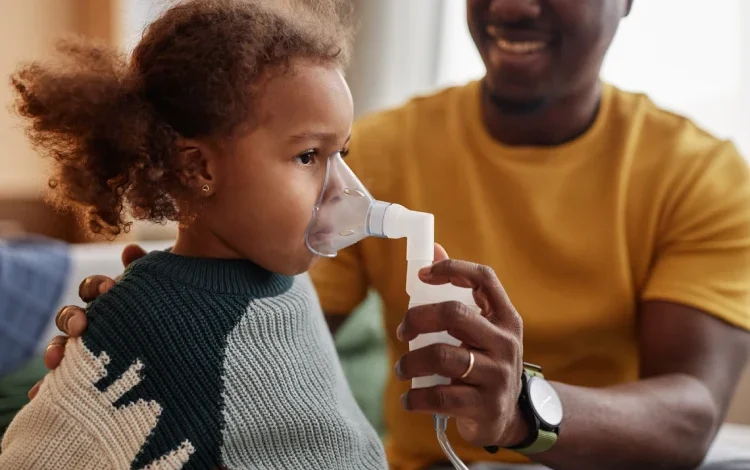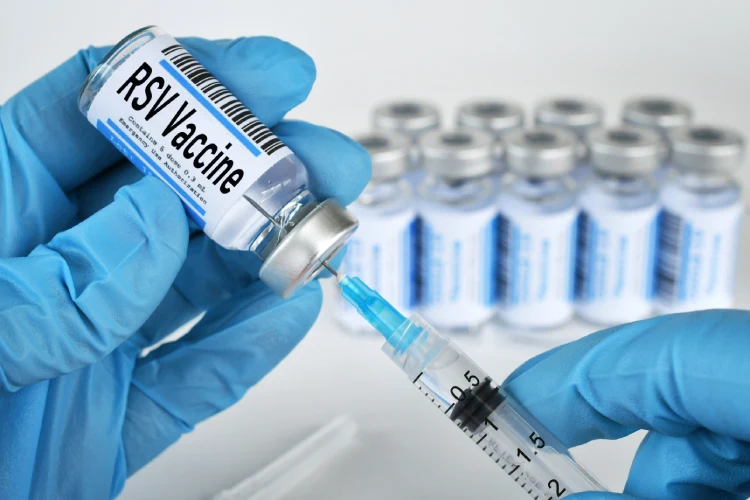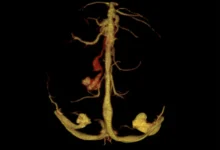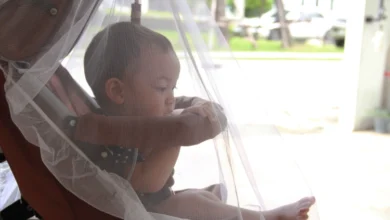RSV Shots Cut Baby Hospitalizations by Over Half This Winter
New Prevention Measures have Reduced Hospitalizations in Infants — But Other Kids Remain Under a Growing Threat

For years, Respiratory syncytial virus has quietly filled children’s wards nationwide in the winter. Particularly dangerous to infants younger than age six months, the virus irritates small airways and fills them with mucus, making each breath a battle. For infants, it’s often their first serious encounter with illness—and one of the most dangerous.
A Quiet Shift in Winter 2024-25

Behind the scenes, however, America’s youngest experienced a very different RSV season. This was the first time two preventive interventions—a pandemic-era maternal vaccine and a monoclonal antibody injection—were widely available.
The first is given in third-trimester pregnancy; the second, a drug called Nirsevimab, to newborns in RSV season or, alternatively, as soon as they re-enter it. Both give infants pre-made defenses before their own immune systems can mount a defense.
This was then followed by a dramatic decrease in infant hospitalizations. The CDC said that infants under two months experienced a decline of as much as 71% from pre-pandemic years. For all infants under seven months of age, it was as much as a decline of 56%—a seismic change in children’s health.
During a more severe virus season than usual, not as many babies found themselves in intensive care, hooked up to machines to breathe or sucking to unclog lungs.
Why The Youngest Benefited Most
Timing was everything. Babies delivered during RSV season received either direct monoclonal protection or protective antibodies from vaccinated mothers.
These treatments were often given before symptoms had a chance to set in. And since these treatments target only the virus’s entry mechanisms, they serve as a targeted protection—instead of a broad immune system enhancement.
Earlier in the season, babies who were delivered experienced the most reliable protection, particularly in areas where the resources were provided in a timely manner.
While children older than eight months—most of whom did not qualify for either intervention—experienced a different pattern, hospitalizations for children aged 1–4 years and 5–17 years actually increased during this past winter.
Experts attribute this not to a behavioral or testing change but to a lack of protection. That is, older children faced a more robust virus season with no additional defenses.
What’s Next for Prevention of RSV?
Take Carla, a nurse from rural Oregon. Her five-year-old daughter was born mere months prior to the vaccine’s clearance. At age eight weeks, she came down with RSV and was airlifted to a hospital 100 miles away. “She spent three days in an oxygen tent,” Carla remembers. “I saw her ribs caving in with each breath. I’d have done anything to avoid that.” And yet, now, she’s pregnant again—but with a difference: a vaccine.
Public health experts hold out hope. With increasing coverage and providers delivering interventions early in each season, gains could grow.
This winter provided a glimpse of what can happen with widespread, timely protection. But it also made clear that continued education, access to underserved populations, and attention to older children still vulnerable to it remained priorities.
What started quietly—two newly available doses—has transformed the RSV story for infants. The hospital beds previously filled with ailing newborns can, in time and forethought, become a less common occurrence.








